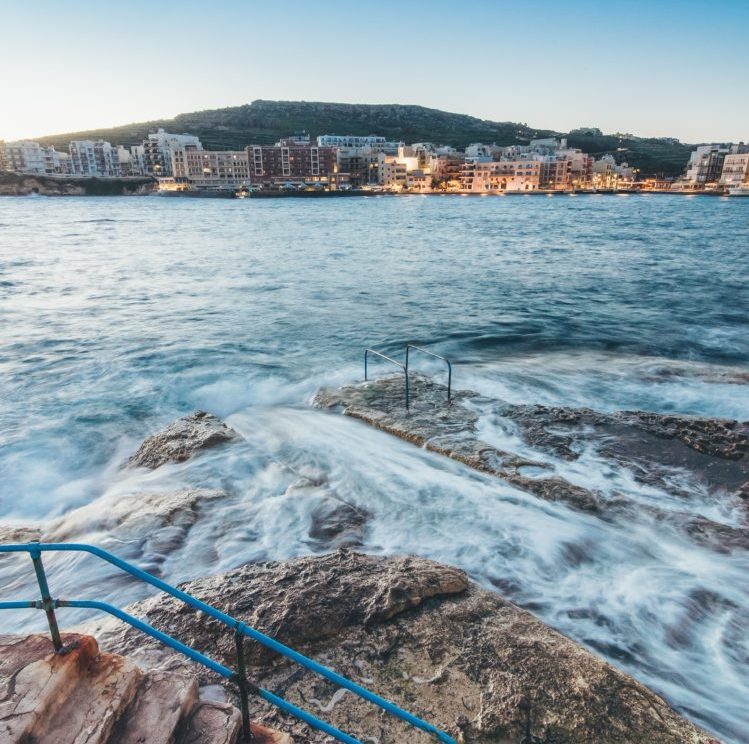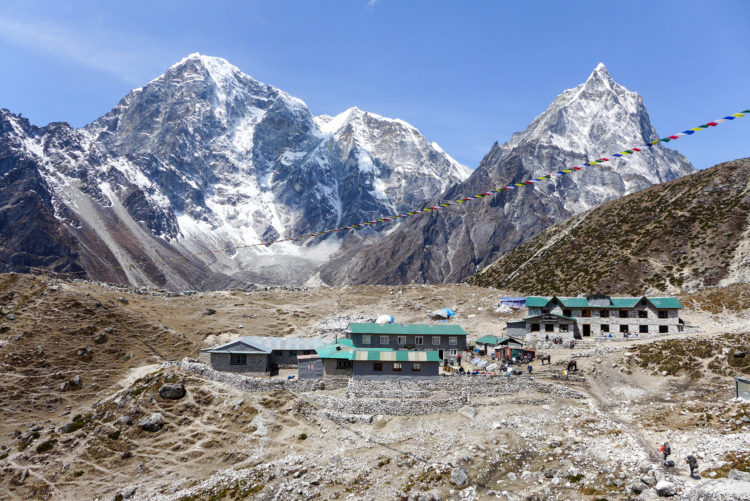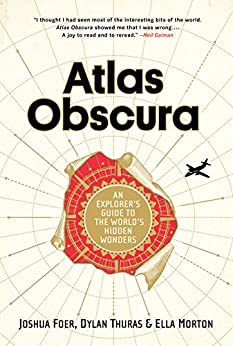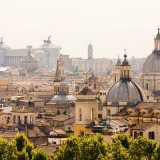Exploring the Little Known Island of Gozo in the Mediterranean
Travelling tends to sit at the top of most people’s bucket list. When it comes to renowned landscapes, laudable history and culture, and wide-ranging outdoor activities, the island of Gozo in the Mediterranean Sea should be high on the list for many travellers: hikers, divers, history buffs, and even those simply wanting to be surrounded by magnificent scenery and welcoming people.
A sister to the islands of Malta and Comino, Gozo is comparatively rural with economic dependencies and historical roots in fishery and agriculture. It’s a beautiful spot that’s off the beaten path for those looking to explore something new in Europe.

Geography
Gozo, the second largest island in the Maltese Archipelago, stretches to 67 km2, and is currently home to 31,000 Gozitans.
The island boasts greeneries of hills and lands, with cliffs surrounding its coasts overlooking the Mediterranean Sea. Its highest point, known as the TacDbeigi Hill, rises about 190 meters above sea level. Its fertile lands remain green for most of the year, and are testament to the island’s thriving agriculture.
Gozo is home to several natural feats where land meets water, including the Inland Sea and Fungus Rock in Dwerja. The island also features caves such as the Calypso’s Cave, Xerri’s Grotto, and Ninu’s Cave. The island’s natural blessings are celebrated across the Mediterranean and around the world.
All roads on the island lead to the citadel Victoria, also known to locals as the Rabat, which is considered the heart of Gozo and the center of daily economic and social activities.
History
Gozo derives from the Castilian word meaning joy. In ancient times, the island was occupied by many great civilizations, including the Phoenicians, Romans, Aragonese, and Arabs. Each group left behind marks of their settlement that have fused together through time to form present day Gozo’s unique historical and cultural landscape.
Gozo parallels the mythical island Ogygia, the home of Calypso, a nymph in love with the protagonist Odysseus in Homer’s epic.
Another reason for Gozo’s historical prominence is the Ġgantija Temples, named after a Maltese word meaning belonging to the giants. The temple is one of the oldest standing religious structures in the world.
Activities
There are many activities to add to your Gozo to do list. For those wishing to visit the market center, It-Tokk is the place to go and wander about. Here you will find places to shop and dine. You can also visit the Arkadia Commercial Center, which is the primary shopping destination upon entry to the Victoria. If you find yourself searching for local cuisine, you can try first-class and specialty restaurants complete with gorgeous views of the sea.
Travellers looking for a taste of art will find great satisfaction when visiting the Citadella Centre for Culture and Arts. The center exhibits Dominique Cianco’s oil paintings, and has a theater, two multipurpose concert halls, and administrative offices. Other renowned theatres worth a visit include the Atra Theater, Oraturjo Don Bosco, and Aurora Opera House.
For those ready to take on Mother Nature, try your hand at hiking, snorkeling, and scuba diving. The most popular water activity is scuba diving in Gozo. There are many diving companies offering courses and trips to different diving sites. Their offers may include Professional Association of Diving Instructors (PADI) Courses, British Sub Aqua Club (BSAC) Courses, and Specialty Courses. Some companies also provide detailed diving courses, accommodations, services, and special packages tailored for the best travel experiences.
What’s on your Gozo bucket list? Let us know in the comments below.
This post was sponsored by Atlantis Diving in Gozo. Got a great travel story you want to tell? Contact us at workwithus@anewtraveller.com.
Latest posts by Elena Tahora (see all)
- Exploring the Little Known Island of Gozo in the Mediterranean - March 27, 2018









 Almost all the tea houses in
Almost all the tea houses in 











